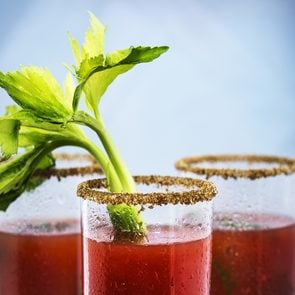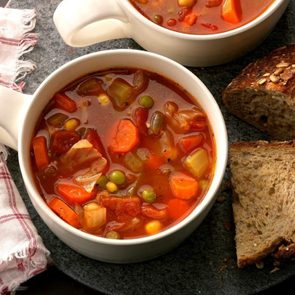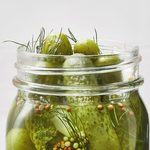What Makes Hot Sauce Hot?
The science behind hot sauce—and the reason why some sauces are hotter than others—will undoubtedly change the way you think about this common condiment.
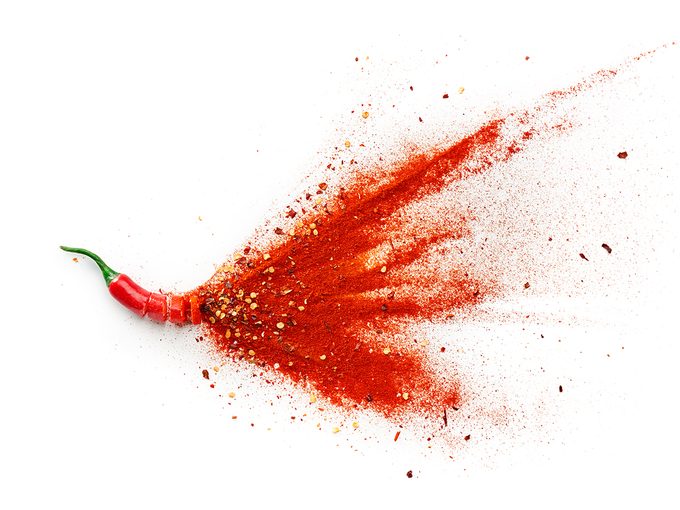
Why We Sweat Over Hot Sauce
For aficionados of spicy food, nothing livens up a dish quite like a splash of hot sauce. Whether a sauce derives its signature heat from jalapeño, cayenne, habanero or chili peppers (or even a blend of several), that numbing, tongue-stinging spice is, for many, a true culinary delight.
These peppers owe their fiery taste to a compound called capsaicin, which—ironically enough—has a primary purpose of deterring mammals (but apparently not foodies) from consuming the plant. The sensation of heat that comes from ingesting capsaicin is generated by receptors in our mouths warning the brain that the substance may be harmful. The brain counters by sending numbing signals to the tongue to ease the discomfort, but sometimes that just isn’t enough to put out the fire.
How to Cool a Burning Mouth
After feeling the burn of a powerful hot sauce, many instinctively try to wash away the heat with a tall glass of cold water. However, it’s been shown that dairy products such as milk and ice cream are much more effective at providing relief, and actually help dissolve the capsaicin molecules on your tongue; the very ones putting your brain in a panic.
Despite the stinging sensation, your favourite spicy dish isn’t damaging your mouth or your taste buds whatsoever. In fact, science has shown that, over time, the more hot sauce and spicy foods you consume, the lesser your body’s reaction to capsaicin.
Spicy foods also have several proven health benefits, including the boosting of your metabolism. It also improves the overall health of your heart by increasing circulation and lowering blood pressure, while also aiding in lowering cholesterol and combating cancer cells. Bon appetit!
Find out more foods that can help lower blood pressure.
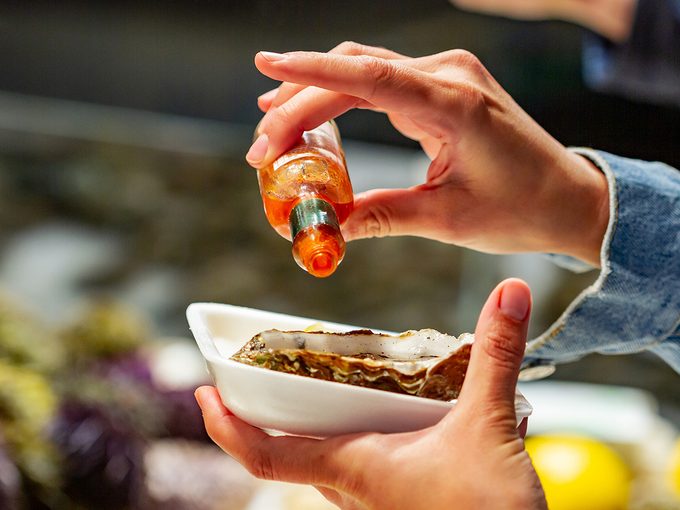
How a Hot Sauce’s Heat is Measured
The Scoville Scale, invented in 1972, is a measurement of a chili pepper’s heat and pungency. In general, the higher the concentration of capsaicin within a pepper, the spicier the pepper will be, and the higher it will rank on the Scoville Scale.
To put things into perspective, your typical jalapeño pepper averages between 2,500 to 8,000 Scoville heat units (SHU), while the world’s hottest pepper, the Carolina Reaper, averages 1,569,300 SHU—making it roughly 200 times hotter.
Lucifer’s House of Heat, a hot sauce retailer located in Vancouver, B.C., sells some of the spiciest hot sauces in the world. The Hellfire Kranked Extreme Black Garlic Reaper Sauce is the hottest hot sauce on their shelves, with an SHU of 699,000. As the intimidating name suggests, the sauce’s star ingredient is the Carolina Reaper, described on their website as a pepper with a “rip roaring heat that completely burns your mouth apart.”
Andrew Beteridge, owner of Lucifer’s House of Heat, says the extreme hot sauces on his shelves are usually bought as novelties, and true hot sauce enthusiasts generally go for something more palatable. “Habanero pepper sauces are popular, and are definitely an industry-wide favourite at the moment,” he says. “It’s a milder pepper.”
For novices, Beteridge recommends choosing a sauce nearer the bottom of the Scoville Scale, like the Humble House Ancho & Morita (450 SHU) or the Howler Monkey – Original (600 SHU).
Keep in mind, many hot sauce bottles do not feature any sort of warning labels, recommended servings, or even the hot sauce’s SHU level for that matter, which is why specialty retailers such Lucifer’s House of Heat do their due diligence to inform amateur spice enthusiasts that a little goes a long way, especially as you climb up the Scoville Scale.
Now that you know the hottest hot sauce you can buy, find out what you can tell about maple syrup from its colour.
